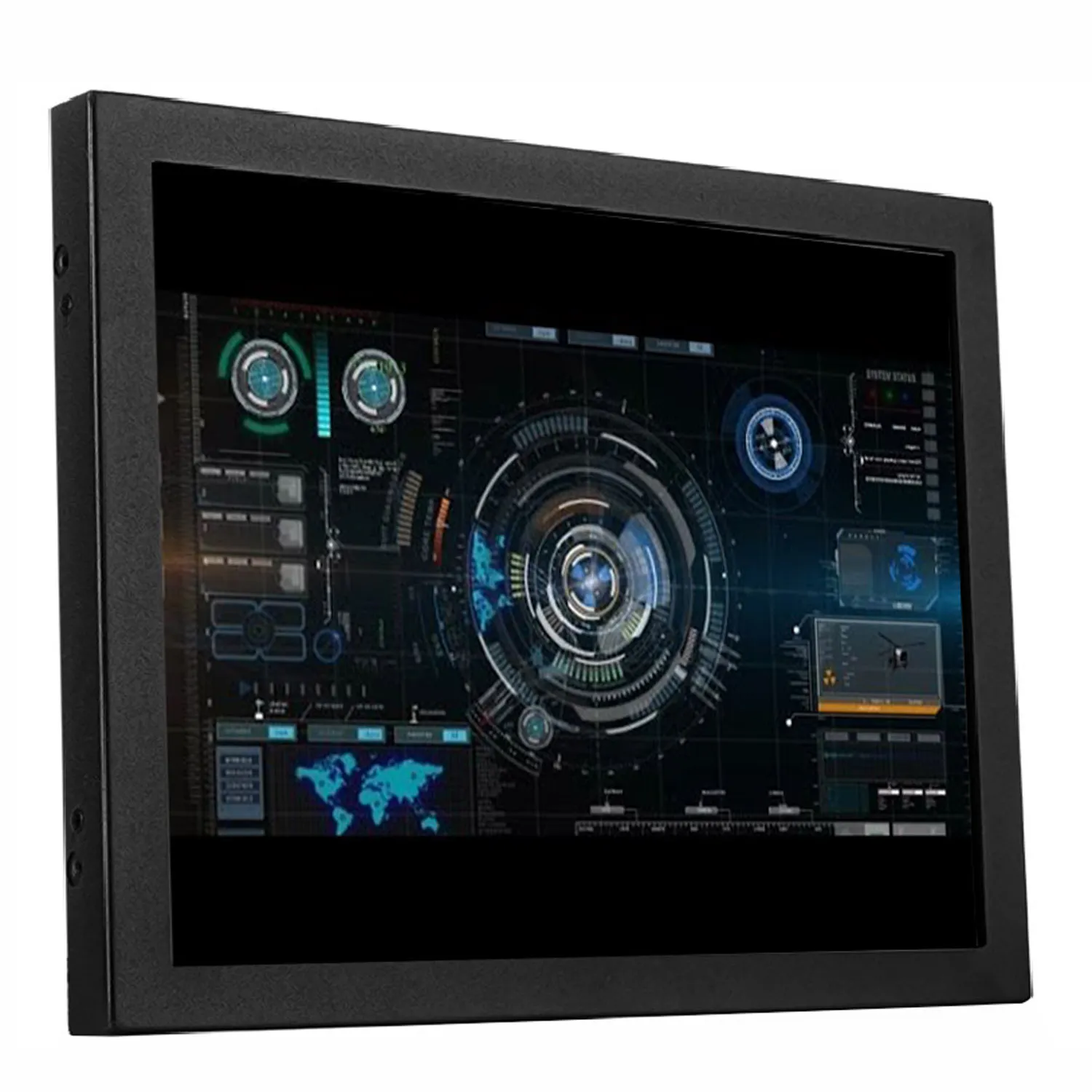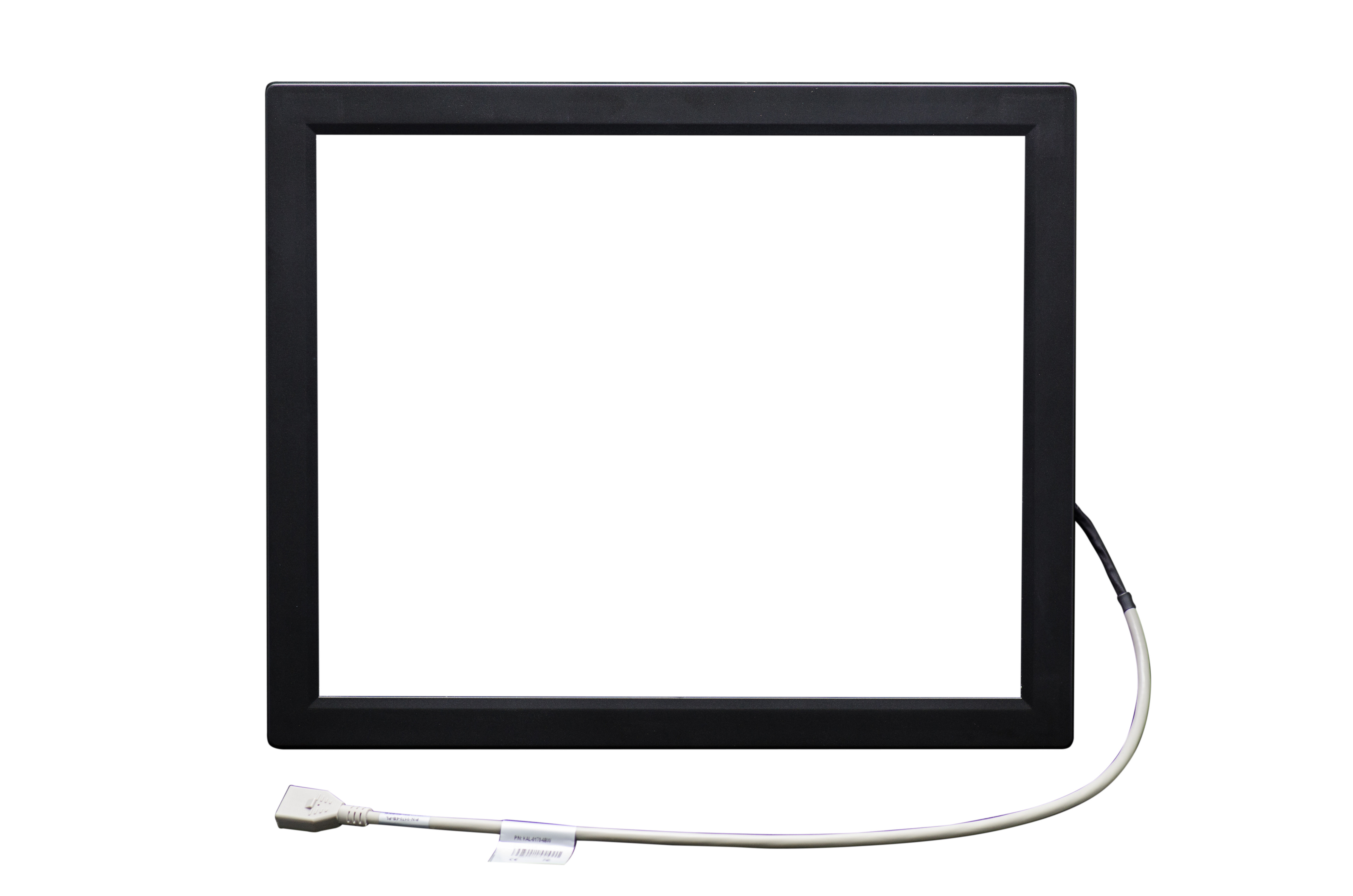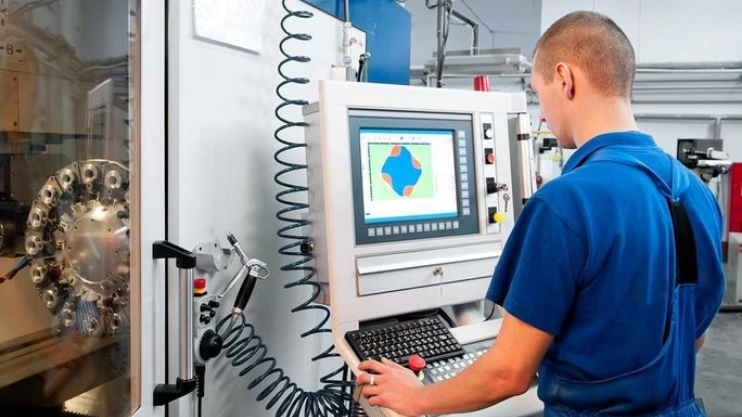
Non-touch industrial monitors function as visual display interfaces for industrial devices or equipment. They come in various sizes, ranging from large ones used in factories to small ones used in labs for measurement purposes. They are built with robust materials, such as military-grade aluminum, and are designed to withstand harsh industrial environments.
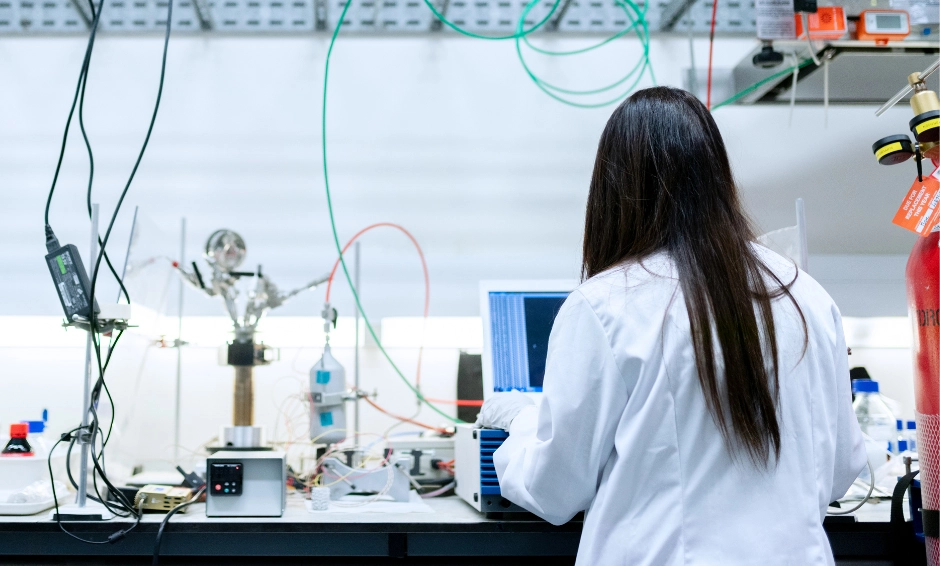
There are several reasons why non-touch industrial monitors are still an important solution for today’s industrial applications:
1. Durability. Unlike the fragile nature of touch screens, non-touch industrial monitors can withstand harsh environmental conditions such as extreme temperatures, humidity, and dust. They are designed to resist harsh chemical exposure, physical impact, and vibrations, providing a longer-lasting solution compared to touch screen monitors.
2. Reliability. Non-touch industrial monitors are known for their long-term reliability, which is essential for industrial applications where downtime can cause major disruptions. They have fewer components than touch screen versions, making them less prone to failure.
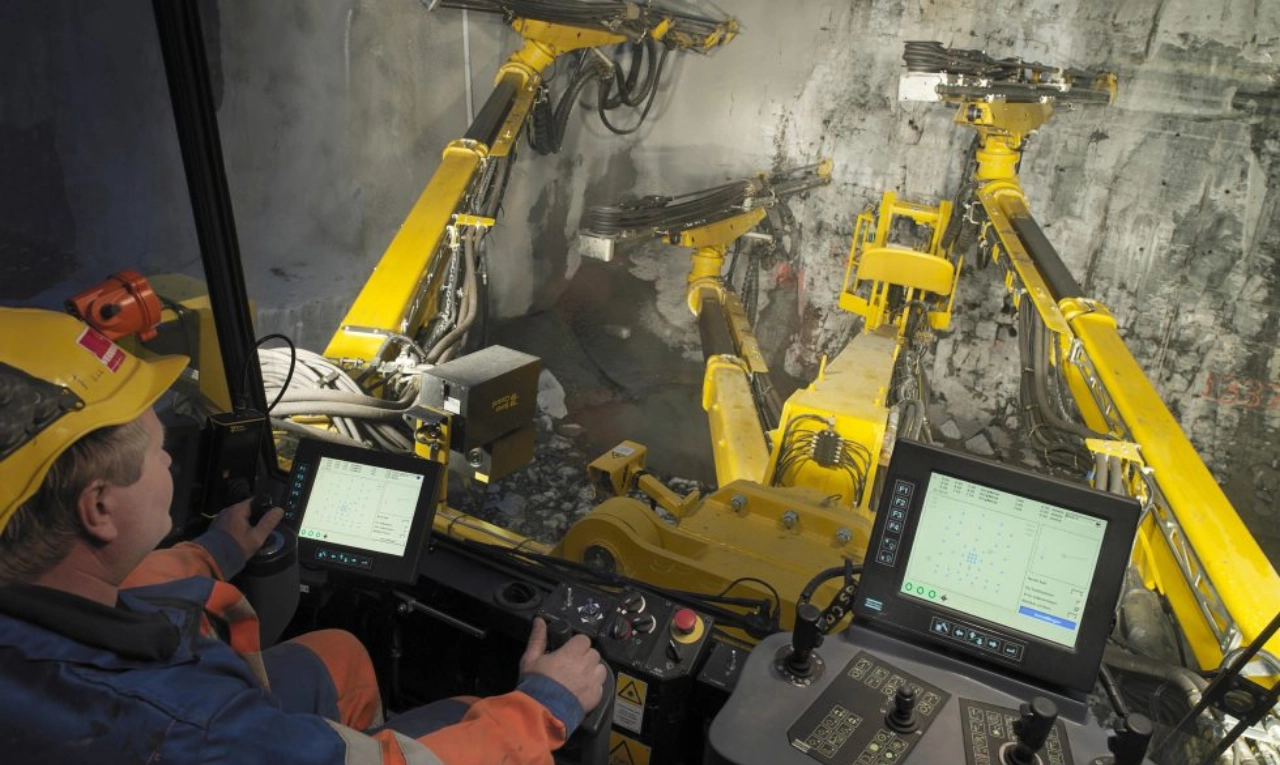
3. Cost-Effective. While touch screens may provide a user-friendly interface, they come at a higher cost due to their complexity. Non-touch screens are a cost-effective solution, especially for industrial applications that do not require a touch screen interface.
4. Customizable. Non-touch industrial monitors can be customized with unique features to suit specific industrial applications. For instance, they can be tailored to work with customized peripherals such as barcode scanners and machine vision cameras.

Non-touch industrial monitors remain an important solution for industrial applications where touch screen technology is not needed or required. They are cost-effective, highly reliable and robust, customizable, and can be tailored to suit specific industrial applications. When selecting a non-touch industrial monitor, it is essential to consider the environment, size, and resolution needs of the application.



